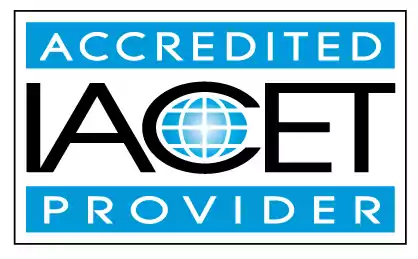Demonstrate an understanding of optimal room arrangements for family child care settings and their components.
Discover the optimal room arrangements for family child care settings and learn about their key components. Gain a comprehensive understanding of how to create an ideal environment for children in early childhood education and child care centers.Trainings incorporating this outcome
10 hours courses
Related Outcomes
- Demonstrate understanding of optimal room arrangements for family child care settings and their components.
- Identify and understand the requirements of Child Care Subsidy (POC), Child and Adult Food Program, MSDE Child Care Credential, Tiered Reimbursement, and the Child Care Career and Professional Development Fund
- Demonstrate an understanding of the benefits of marketing your family child care business.
- Demonstrate understanding of inclusionary practices for ADHD in the child care setting.
- Demonstrates understanding of state regulations for family child care home providers
- Demonstrates understanding of developing positive relationships with child care families
- Demonstrate understanding of inclusionary practices for autism spectrum disorder in the child care setting.
- Demonstrate understanding of the ADA and how it applies to family child care homes.
- Demonstrate understanding of inclusionary practices for cerebral palsy in the child care setting.
- Identify the components of a lesson plan for the family child care setting
- Demonstrate understanding of inclusionary practices for hemophilia in the child care setting.
- Demonstrate understanding of developing positive relationships with child care families
- Demonstrate understanding of developing strategies for involving parents in the child care setting.
- Demonstrate understanding of inclusionary practices for anxiety in the child care setting.
- Demonstrate understanding of the roles and responsibilities a child care administrator has to‐ staff, children, families, and community
- Demonstrate understanding of inclusionary practices for conduct disorder in the child care setting.
- Demonstrate an understanding of how the child care professional supports the development of readiness skills
- Demonstrate an understanding of Child Care Regulations forms and required documentation
- Describe the components of emergency preparedness in the child care setting.
- Identify optimal room arrangements by comparing multiple childcare settings.
Related Articles
- Effective and Engaging Classroom and Home Daycare Room Arrangements
- How Does the Americans with Disability Act ( ADA) apply to child care centers
- Does Your Program Qualify for Child Care Food Program
- Child care education
- Michigan Child Care Providers and the Child and Adult Care Food Program (CACFP)
- Child and Adult Care Food Program in Texas
- Georgia Child and Adult Care Food Program (CACFP)
- Massachusetts and the Child and Adult Food Program (CACFP)
- The Child and Adult Care Food Program (CACFP) in California
- North Dakota and the Child and Adult Care Food Program
- The Child and Adult Care Food Program (CACFP) in New Jersey
- The Role of Nutrition in Child Development: What Childcare Providers Should Know
- Building Relationships: Connecting with Children and Families in Preschool
- Creating Safe and Nurturing Environments in Child Care Settings
- The #1 Mistake Childcare Providers Make (And How to Fix It!)
- Child Care Training Courses That Come with a certificate to get you started!
- Critical Skills for Childcare Professionals: Health, Safety, and Emergency Preparedness Training
- Understanding Childcare Licensing in Oklahoma
 1 CEUs
1 CEUs